Freedom in Structure
The Creative Rebellion • Dispatch #003 • 4 min read
I'm a big believer in structure and rules.
That might sound antithetical to the life of a creative. Shouldn't we demand freedom and spontaneity? Who can predict the precise moment the muses will smile upon us, open the floodgates of creativity and allow them to wash over us? (If you believe in muses, that is).
Don't rules and structure stifle the creative process?
Well, yes and no.
See, too much freedom can be a bad thing.
We want unlimited creative license, but then we crumble under the weight of decision fatigue, unable to decide which direction to take a project.
Too much freedom can be a form of Resistance.
And then there are rules.
I hear you, I hear you...
Nobody puts Baby in a corner!
We're creative rebels. The hairs on our neck rise up at the thought of someone else telling us how to do something, right? Let us be unique. Let us do it our own way.
Tell that to Picasso .
Because he did... after he did it the traditional way.
He learned all the proper classical rules for composition, color theory, and technique... then he broke them all with Cubism.
Begin Rabbit Trail #1 - Ideas from disparate fields of interest
The idea for Cubism grew out of the popular fascination at the time with the idea of a fourth spatial dimension, written about by French mathematician Henri Poincaré , in his book, Science and Hypothesis . (This is also the book that inspired Albert Einstein's annus mirabilis papers , which included his theory of special relativity ).
Picasso learned about the book indirectly through Maurice Princet , an insurance actuary who explained the new geometry to Picasso and his friends in Paris.
At the time there were a considerable number of people who thought the fourth dimension might be the home of spirits. Others conceived of it as an “astral plane” where you can see all sides of an object at once. Novelist H. G. Wells even caused a sensation with his book The Time Machine , where the fourth dimension was not space, but time.
Although Einstein was intrigued by the idea of a fourth dimension, Picasso actually incorporated it into his own creations before the famous physicist. Arthur I. Miller wrote about all of it in his book, Einstein, Picasso: Space, Time, and the Beauty That Causes Havoc .
In the book, he discusses in great detail the history of a single painting, Les Demoiselles d’Avignon —completed and first exhibited in 1907. In its final form, “the painting represents five prostitutes in a bordello. Although in close proximity, they do not interact with each other, only with the viewer—the client.”
The “plot” of the painting is the increasing geometrization of the figures as one goes from left to right, ending up with a four-dimensional view of the squatting prostitute.
In striking contrast to Marcel Duchamp’s Nude Descending a Staircase, No. 2 (1912) where the figures represent successive points in time, seen as coexisting in the fourth dimension, Picasso’s painting culminates with a superimposed set of three-dimensional projections of an object in four spatial dimensions. The viewer is seeing the object simultaneously from (a sampling of) all possible perspectives rather than from only one as in classical painting.
(I'm going somewhere with this, but its conclusion is an email in and of itself. See Rabbit Trail #2, next week!)
End Rabbit Trail #1
Picasso created an entirely new art movement, but without his classical training, he wouldn't have had the visual vocabulary necessary to reinvent perspective.
So... rules and structure.
When it comes to creativity and art, they give us a framework, an understanding of how things work, and of how they can be broken. After all, true art doesn't lie in the rules or structure of things, but in the inward significance of what is represented. What meaning or emotion is communicated?
“The aim of art is to represent not the outward appearance of things, but their inward significance; for this, and not the external mannerism and detail, is true art.”
— Aristotle
Yet rules and structure play their role, but in the execution of art, and in the creative process.
Our minds like routine.
We tend to default to our habits.
So why not build structures into our lives that foster a creative atmosphere?
If we sit down at the same time every day to create, our bodies will learn to create at that time.
If we build rules and structures to protect our creative time, will we not be more creative?
Put the phone in airplane mode.
Close the door.
Eliminate distractions.
Put on music that inspires.
Have some coffee.
Or tea.
Or water.
Light a candle.
And get to work.
Until next Saturday...
Stay rebellious,
Travis
P.S. Do you use structure to get creative work done? How so?
P.P.S. Subscribe to The Creative Rebellion to be sure you never miss a post! Dispatches will arrive in your inbox every Saturday morning.
